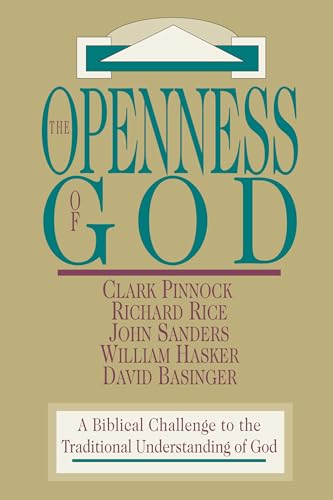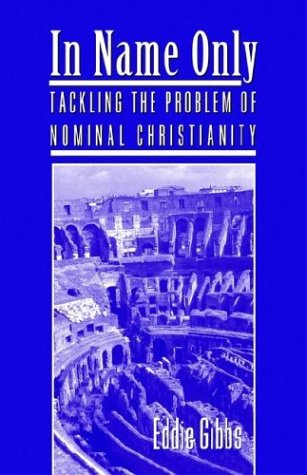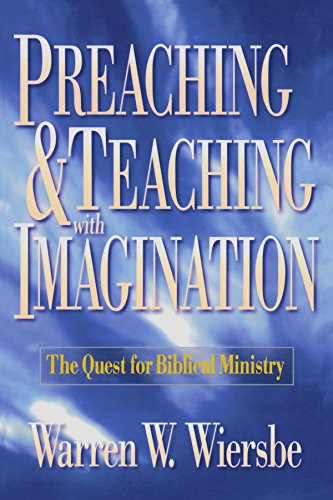The Book of Ruth: Its Structure, Theme, and Purpose
Written by M.D. Gow Reviewed By Robert L. Hubbard, JrRecently, it has become common for biblical scholars to offer ‘readings’ of biblical texts, that is, to interpret (‘read’) them from a specific, self consciously chosen perspective (e.g. feminism, liberation theology, etc). In my view, this volume by M.D. Gow offers a ‘symmetrical reading’ of the book of Ruth, that is, how the book sounds if one presumes its words, motifs, stylistic devices, etc. to be symmetrically structured. The result is an illuminating ‘reading’, one readers will enjoy and from which they will greatly profit.
Director of Wellington Bible College in New Zealand, Gow sets out to uncover the purpose of Ruth through the method of rhetorical criticism. Focusing on its ‘formal rather than thematic indicators’ (p. 10), he seeks to reveal its underlying structure and, through that, its purpose. Gow’s methodological inspiration is James Muilenburg’s seminal essay (1969), and therein lies the book’s methodological weakness. Although the author footnotes recent bibliography, he fails to define exactly what constitutes literary ‘structure’ (e.g. a set of stylistic devices, surface linguistic features, ‘deep structure’ elements, etc.) and to defend what makes his approach a better way of finding the book’s purpose than alternative ones. Further, Gow seems not to reckon sufficiently with the methodological strides which rhetorical criticism as an approach has made since Muilenburg.
Part I pursues a rigorous, thorough discussion of the structure of each of Ruth’s four chapters. Gow maps out their symmetries, chiasms and patterns with helpful charts. Thus, he claims (pp. 46, 64) that chiastic structures underlie chapters 2 and 3, both centered around Boaz’s praise of Ruth (2:11–12; 3:10–11). Further, according to Gow (pp. 81, 82) two chiasms shape chapter 4: 4:1–11b, whose hinge is 4:5 (Boaz’s insistence that the other kinsman marry Ruth if he claims the field), and 4:11c–17, which turns on 4:14–15 (the women’s long blessing). After discussing structure, Gow summarizes each chapter’s main themes (e.g.Ruth’s loyalty and Naomi’s emptiness (ch. 1), secrecy and the blessing of Ruth by Boaz (ch. 3), etc.). Part II covers the theology of the book chapter by chapter, concluding with a summary of ‘general observations’ (p. 112). Following the lead of R. Hals, W. Prinsloo and others, Gow observes that the book’s theology emerges in ‘the interrelation of prayer and divine providence’ (p. 98). In my view, this section displays Gow at his best, and readers will enjoy his fine analysis and many insights.
In Part III Gow draws his conclusions concerning the purpose and provenance of Ruth. From internal evidence he argues that the purpose relates to Ruth’s Moabite background (p. 131), namely ‘to give a defence of the Moabite element in David’s ancestry’ (p. 132, italics his). To buttress the case further, an excursus compares Ruth to what Gow regards as its ‘literary precursors’ (the stories of Lot’s daughters (Gn. 19), Isaac and Rebekah (Gn. 24), and Judah and Tamar (Gn. 38)). As for the book’s genre, Gow follows R. Murphy in calling it a ‘Hebrew historical short story’ (p. 139) with a wisdom context in the background. After a detailed treatment of the book’s many legal aspects (pp. 143–182), he argues that the book was written in David’s own lifetime, a theory which flows from Gow’s view of its purpose.
How well does Gow’s symmetrical reading of Ruth succeed? In my view, its analysis of Ruth’s literary artistry (i.e. its word plays, inclusios, etc.) and its treatment of Ruth’s theology and purpose are strong. Gow has gleaned the best from recent scholarship, although he might have made better use of several important recent studies (e.g. D. Fewell). To my knowledge, no book of its size covers as much ground with such clarity and skill as does this fine volume. On the other hand, I remain unconvinced of his structural analysis (Part I). In my view, Gow lacks a firm theoretical definition of structure and adopts the structural analyses of S. Bertman (1968), H. Witzenrath (1975) and K. Sacon (1978) far too uncritically. Further, at all too many points his analysis seems to read symmetry into the text rather than to draw it from the text.
For example, consider his chiastic description of chapter 2. According to Gow, 1:22b and 2:23 form an ‘outer narrative frame’ around chapter 2 while 2:1–3 presents ‘Dialogue—Ruth and Naomi’ corresponding to the dialogue in 2:18–22 (p. 46). Sadly, in my view this analysis misreads 2:1 and needlessly oversimplifies 2:1–3. The misreading occurs when Gow ignores the literary signals that make 2:1 the opening of a new scene (e.g. disjunctive Hebrew syntax, the introduction of a new character). The oversimplification happens when Gow portrays all of vv. 1–3 as dialogue when in fact the latter only occurs in v. 2, thereby obscuring the unique literary functions of vv. 1 and 3. Further, if 2:1 introduces a new scene (as does 3:1), then 1:22b probably is not the narrative’s ‘outer narrative frame’. In sum, at times Gow’s vigorous pursuit of symmetry and his inadequate theory of structure combine to hamper his interpretation.
These weaknesses, however, should not deter readers from mining the riches of Gow’s thematic and theological analyses. He has written a well-researched, insightful study worthy of a large audience. Thoughtful Bible readers will understand the book of Ruth better because of it—and hopefully better live out its teachings as well.
Robert L. Hubbard, Jr
North Park Theological Seminary, Chicago, Illinois







